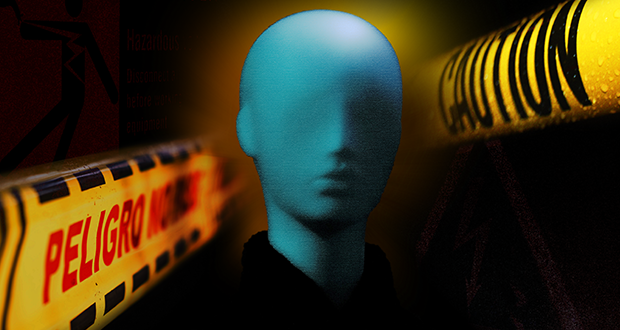- Messages
- 27,001
- Reaction score
- 4,832
- Points
- 288
Came across this on a different forum where they were discussing hindsight bias in relation to the Baltimore bridge disaster. Thought it was worth sharing.
Why people don’t see hazards: a human performance perspective
“Failure to recognize the hazard” is commonly listed as a root cause in incident investigations in the oil and gas industry. Investigators, leaders and safety professionals often ask, “Why didn’t they see what was going to happen?” or “How could they have not recognized the hazard? It was obvious that it would lead to X.”
The answer appears to be simple: complacency, laziness and not paying attention. Workers just did not try hard enough, and they must not have followed procedures or conducted a good risk assessment.
How, then, do we prevent the reoccurrence of similar incidents in the future? Popular practice makes it quite simple, right? Discipline and retrain personnel. After all, everyone knows that fear is the best way to make people pay attention. The cycle repeats until the next incident occurs.
To advance this discussion, let’s shift our thinking by asking a different question: Why do we tend to explain why incidents happen by simplistically stating the worker failed to see the hazard?
Consider a simple example. A worker is working at a height of 10 ft. They did not take a drops prevention device with them and worked without securing their tools. They completed the job successfully without any issue or non-conformances and moved on to their next activity.
More:

Why people don’t see hazards: a human performance perspective
“Failure to recognize the hazard” is commonly listed as a root cause in incident investigations in the oil and gas industry. Investigators, leaders and safety professionals often ask, “Why didn’t they see what was going to happen?” or “How could they have not recognized the hazard? It was obvious that it would lead to X.”
The answer appears to be simple: complacency, laziness and not paying attention. Workers just did not try hard enough, and they must not have followed procedures or conducted a good risk assessment.
How, then, do we prevent the reoccurrence of similar incidents in the future? Popular practice makes it quite simple, right? Discipline and retrain personnel. After all, everyone knows that fear is the best way to make people pay attention. The cycle repeats until the next incident occurs.
To advance this discussion, let’s shift our thinking by asking a different question: Why do we tend to explain why incidents happen by simplistically stating the worker failed to see the hazard?
Consider a simple example. A worker is working at a height of 10 ft. They did not take a drops prevention device with them and worked without securing their tools. They completed the job successfully without any issue or non-conformances and moved on to their next activity.
More:

Why people don’t see hazards: a human performance perspective - Drilling Contractor
Get oil and gas drilling news, videos, ebooks & more with the official magazine for the International Association of Drilling Contractors...
drillingcontractor.org
